16 Common misconceptions about the Underground Railroad
The Underground Railroad is a fascinating chapter of history, often shrouded in myths and legends. It wasn’t a physical railroad, nor was it underground, but rather a network of secret routes and safe houses that helped enslaved African Americans escape to freedom. This covert operation was a beacon of hope and courage in a time of oppression. Join us as we explore the truths and misconceptions surrounding this incredible movement.
It Wasn’t Literally Underground
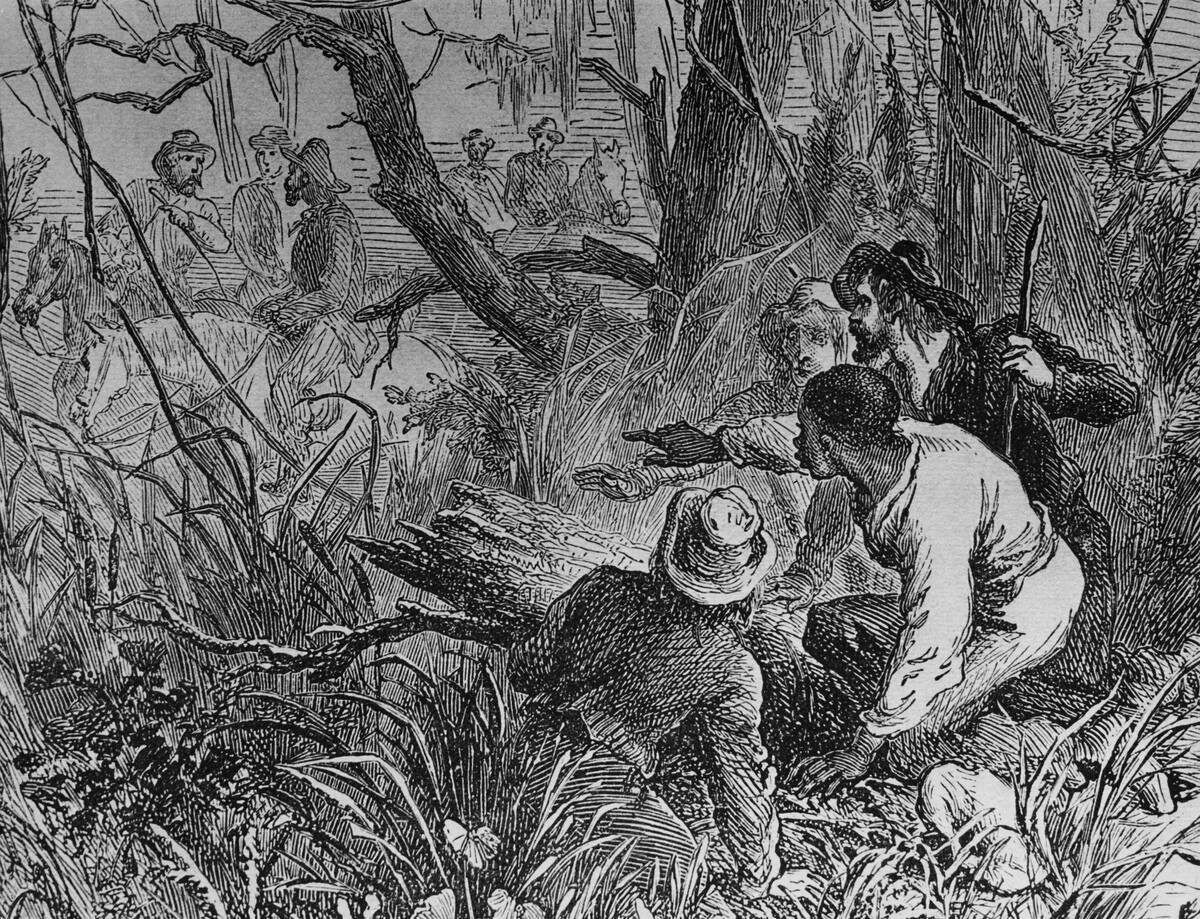
Despite its name, the Underground Railroad had nothing to do with subterranean tunnels. The term “underground” was metaphorical, referring to the secretive nature of the operation. Many of the routes were along rivers, through forests, and across mountains, utilizing the natural landscape to evade capture. The secrecy and stealth were key to its success, allowing those involved to navigate perilous paths to freedom.
The Railroad Had No Trains or Tracks
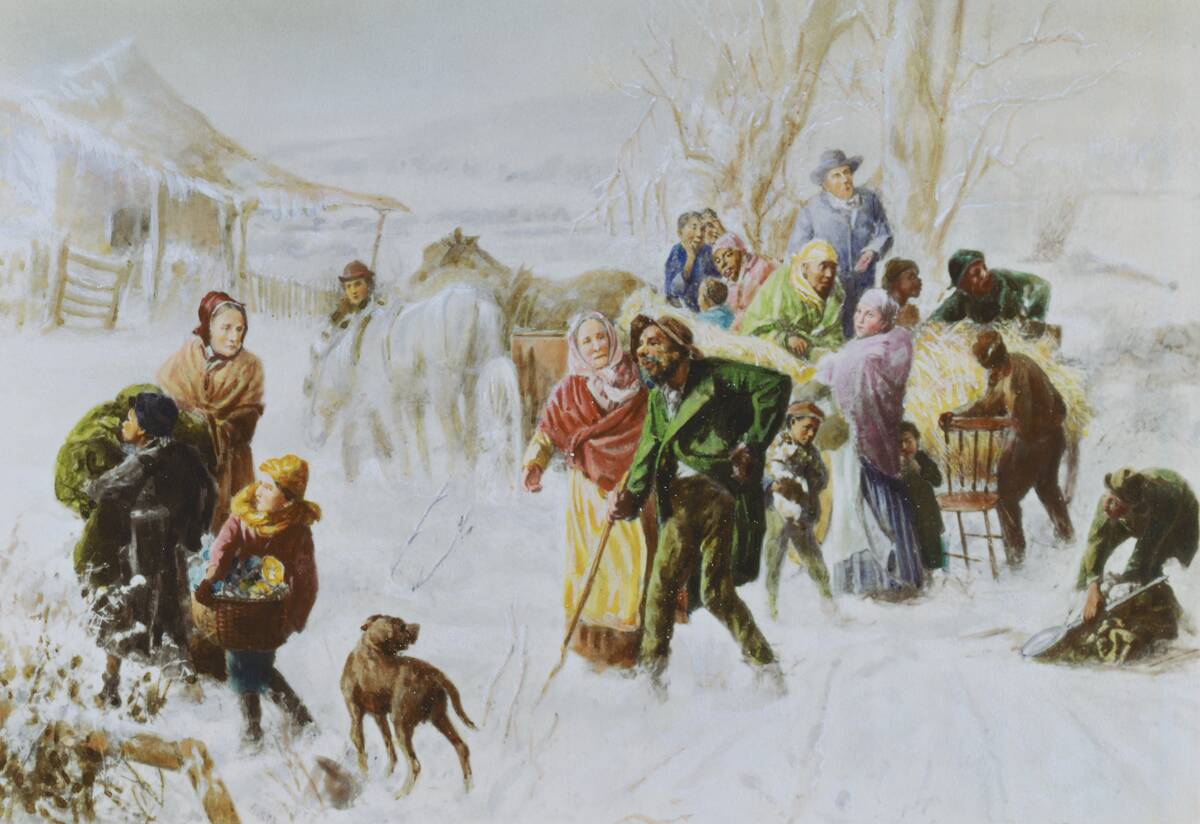
The Underground Railroad was devoid of actual trains or tracks. Instead, it was a network of people who provided shelter and guidance to escaping slaves. The terminology borrowed from the railroad system included “conductors” who guided escapees, and “stations” which were safe houses, creating an intricate network of support. This language helped maintain secrecy and coordination among those involved.
It Wasn’t a Single, Organized Network
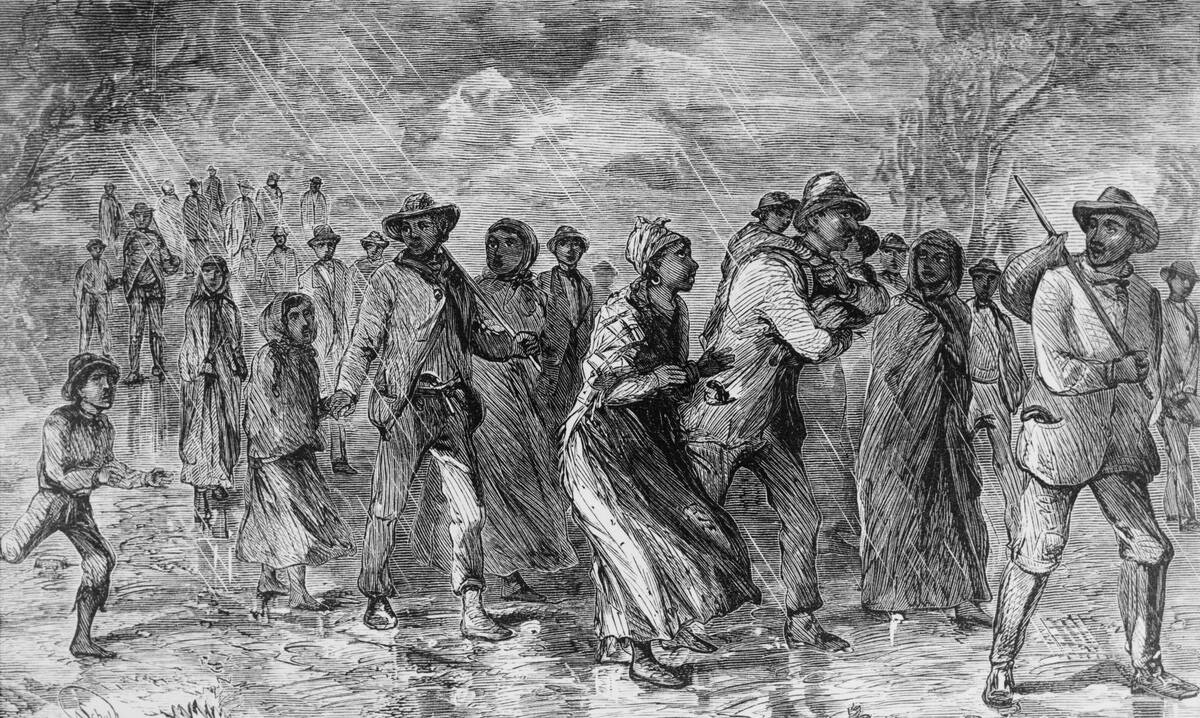
Contrary to popular belief, the Underground Railroad was not a single, highly organized entity. It was made up of numerous loosely connected groups and individuals, each operating independently. These groups varied in size and method, with some focusing on specific regions or routes. This decentralized nature made it difficult for authorities to dismantle, as there was no single leader or headquarters to target.
Not All Conductors Were Famous
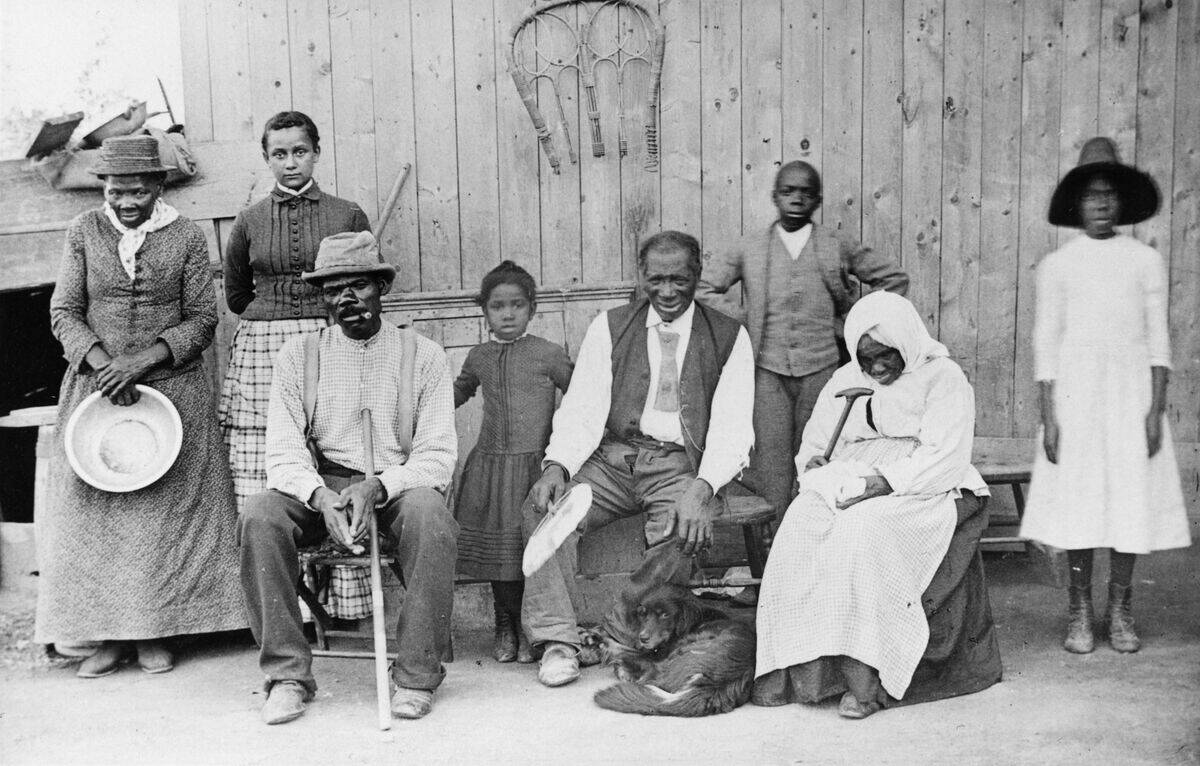
While Harriet Tubman is the most celebrated conductor of the Underground Railroad, many unsung heroes played equally vital roles. Countless individuals, both black and white, risked their lives to help others reach freedom. These unsung conductors ranged from farmers and ministers to ordinary citizens, each contributing in their way to the cause. Their bravery and selflessness were crucial to the operation’s success.
Harriet Tubman Wasn’t the Only Hero
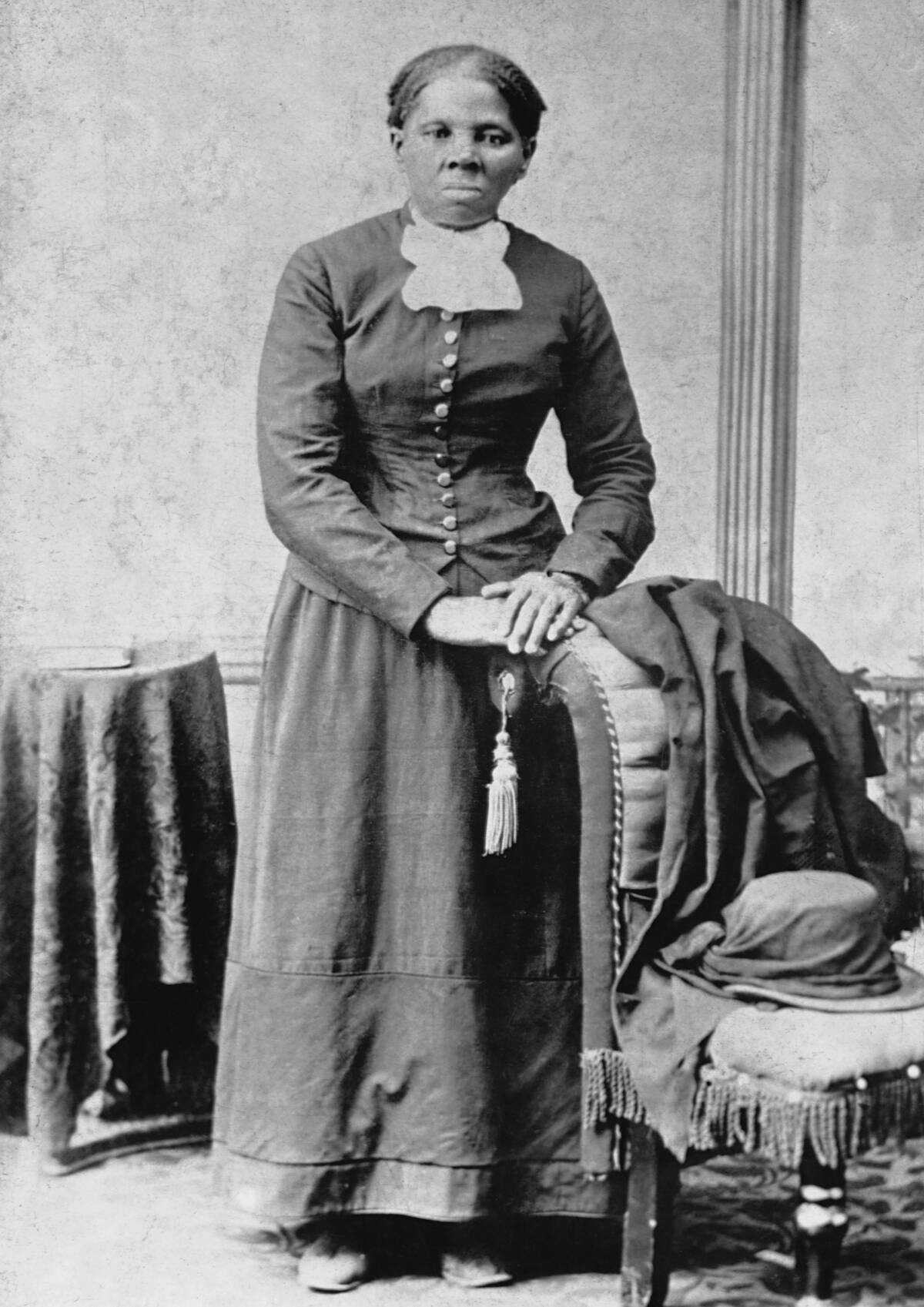
Harriet Tubman remains the iconic figure of the Underground Railroad, but she was far from alone in her efforts. Figures like William Still, often called the “Father of the Underground Railroad,” documented many escapees’ stories, providing invaluable records. Levi Coffin, a Quaker, was another key figure, reputedly assisting over 3,000 slaves. These and many others worked tirelessly to support the freedom movement.
It Wasn’t Just in the Southern States
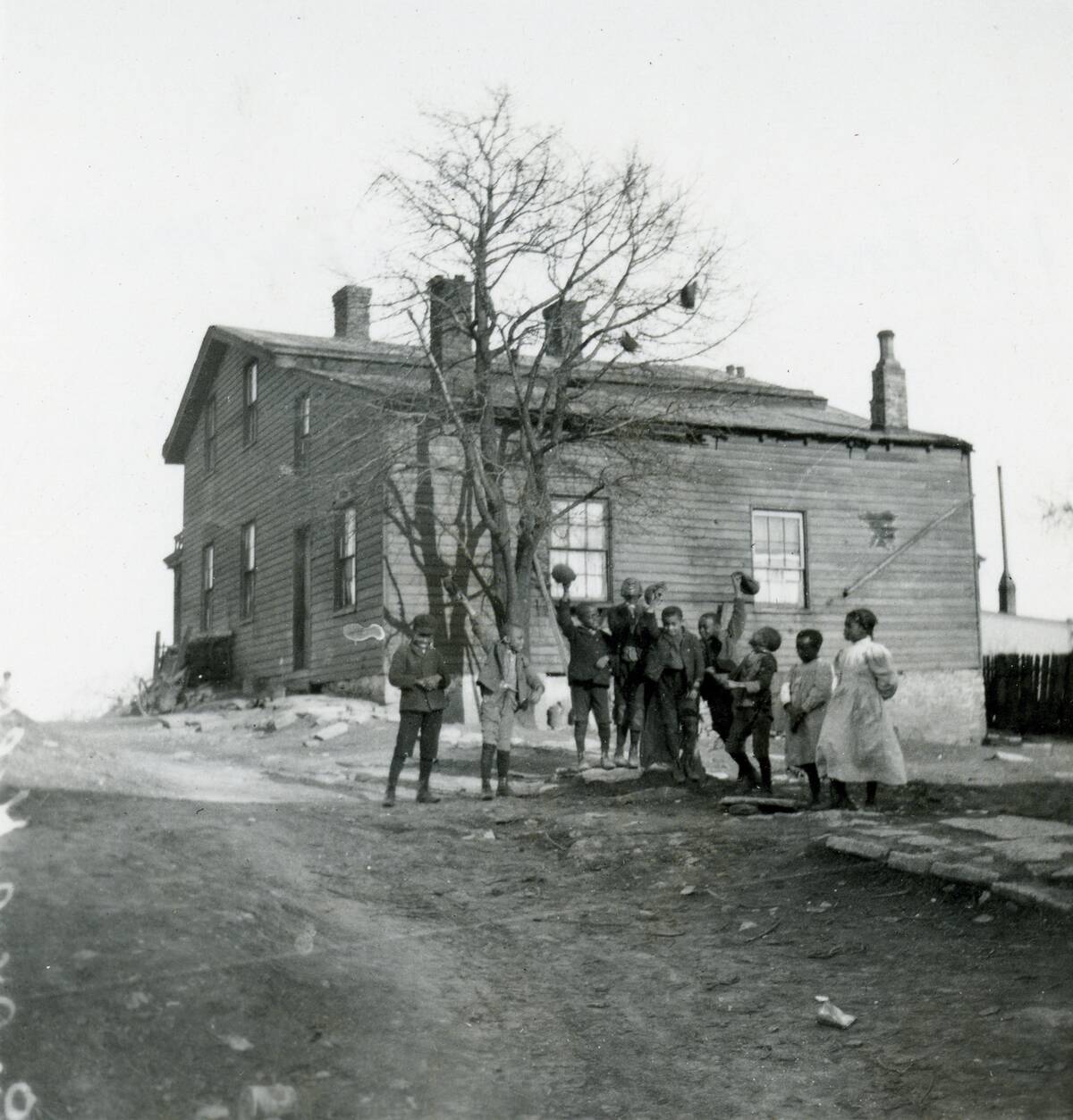
The Underground Railroad wasn’t confined to the Southern states. Many operations extended into the Northern states and even into Canada, where slavery was abolished. Northern abolitionists played significant roles, providing resources and refuge for those who made it across the Mason-Dixon Line. The ultimate goal was often to reach Canada, where freedom was guaranteed under British law.
The Railroad Wasn’t Always Secretive
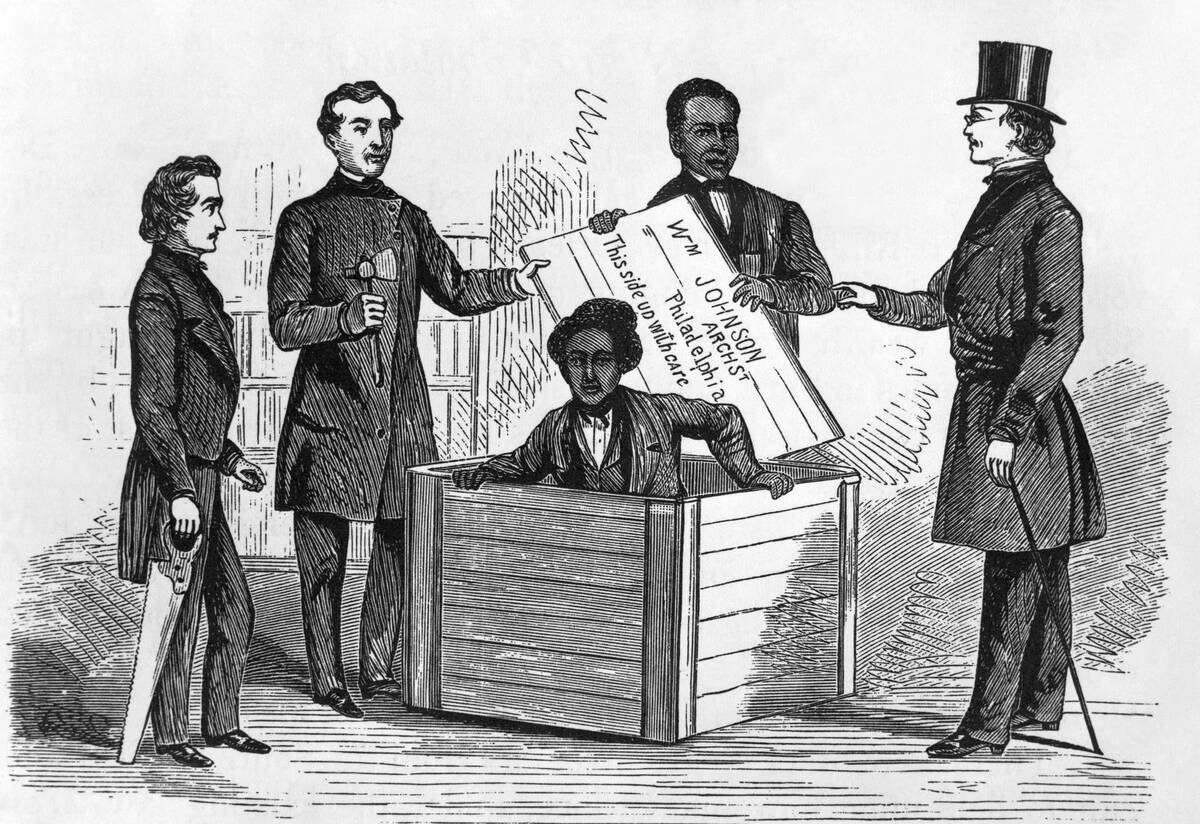
While secrecy was paramount, not all aspects of the Underground Railroad were hidden. Some communities openly supported abolitionist efforts, and certain safe houses were known to locals. In places where anti-slavery sentiment was strong, operations could be more overt. Public support varied, with some areas openly defying pro-slavery laws to aid escapees, showcasing the diverse tactics employed.
It Didn’t Operate During the Entirety of Slavery
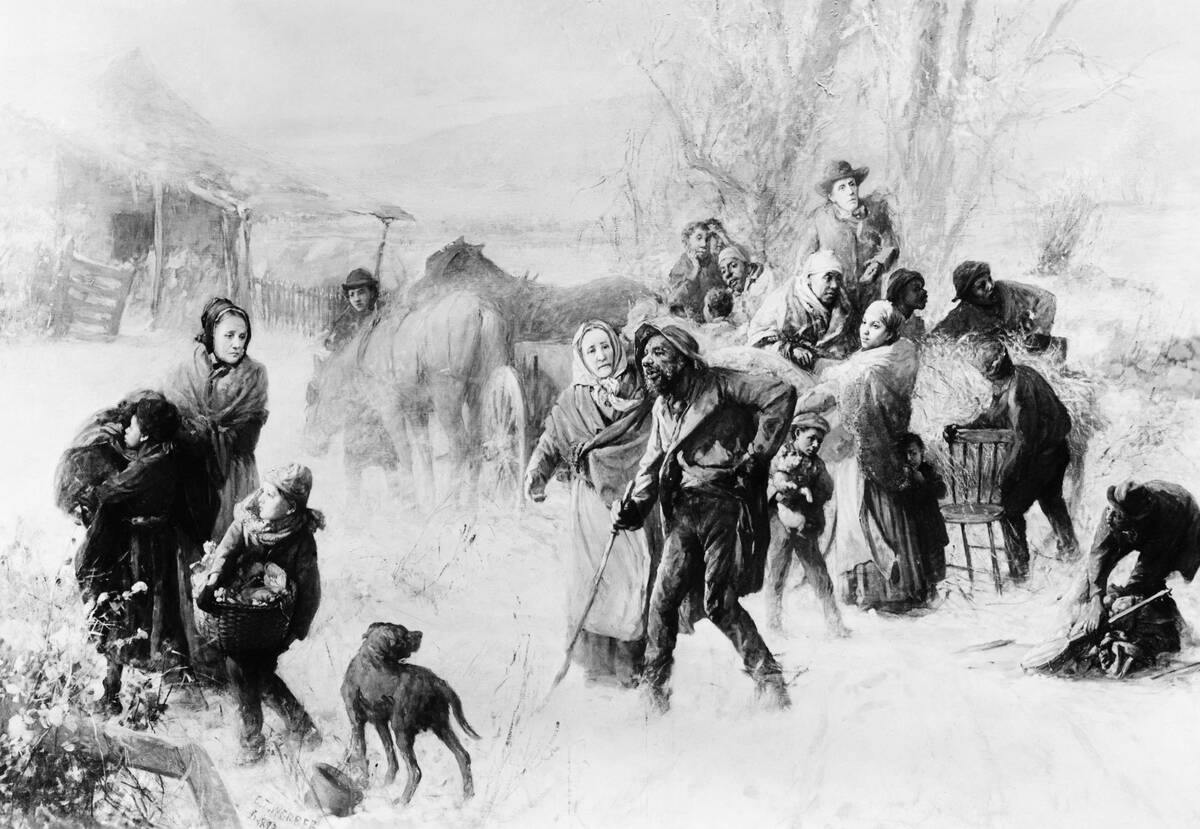
The Underground Railroad didn’t exist for the entire duration of slavery in the United States. It was most active between the early 19th century and the Civil War. The increasing tensions between pro- and anti-slavery factions in the mid-1800s fueled its growth. The passage of the Fugitive Slave Act in 1850 further galvanized efforts, as it imposed harsher penalties on those assisting runaway slaves.
Not Only African Americans Were Involved
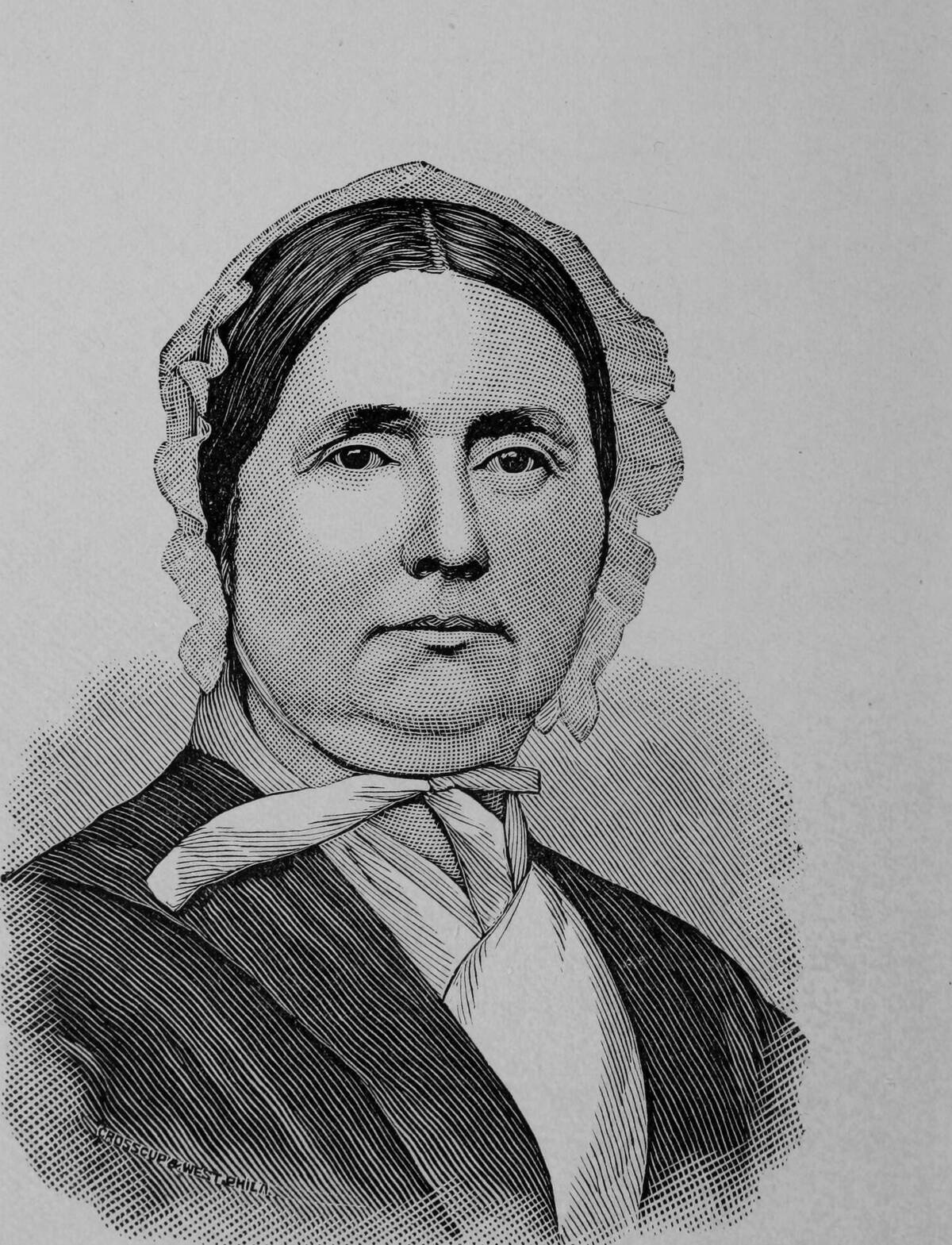
While African Americans were at the heart of the Underground Railroad, they weren’t the only ones involved. White abolitionists, Native Americans, and even some sympathetic Southerners contributed to the cause. This diverse coalition of supporters transcended racial and social boundaries, united by a shared commitment to ending slavery. Their collaboration was essential to the Railroad’s operation.
The Journey Wasn’t Always to the Northern States

The common perception is that the Underground Railroad primarily led to Northern states, but some escapees journeyed southward or westward. Florida, under Spanish control, was a refuge before it became a U.S. territory. Others sought freedom in Mexico or the Caribbean. The paths to liberation were as varied as the people who traveled them, demonstrating the adaptability and resourcefulness of those seeking freedom.
Safe Houses Weren’t Always Farms
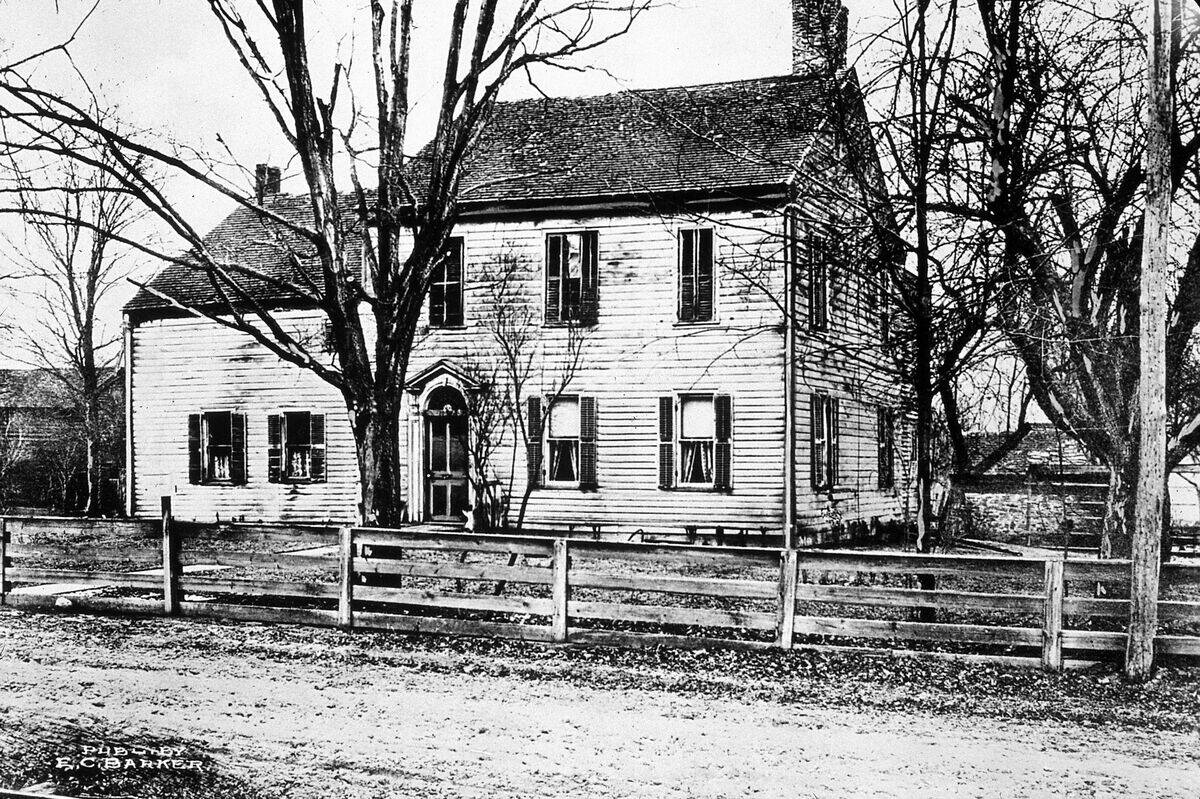
While many safe houses were rural farms, they weren’t the only sanctuaries on the Underground Railroad. Urban areas offered anonymity and resources, with cities like Philadelphia and Boston playing crucial roles. Churches, schools, and even ships sometimes served as temporary shelters. The diversity of safe locations helped maintain the network’s secrecy and effectiveness, providing refuge in unexpected places.
Not Everyone Used the Same Routes
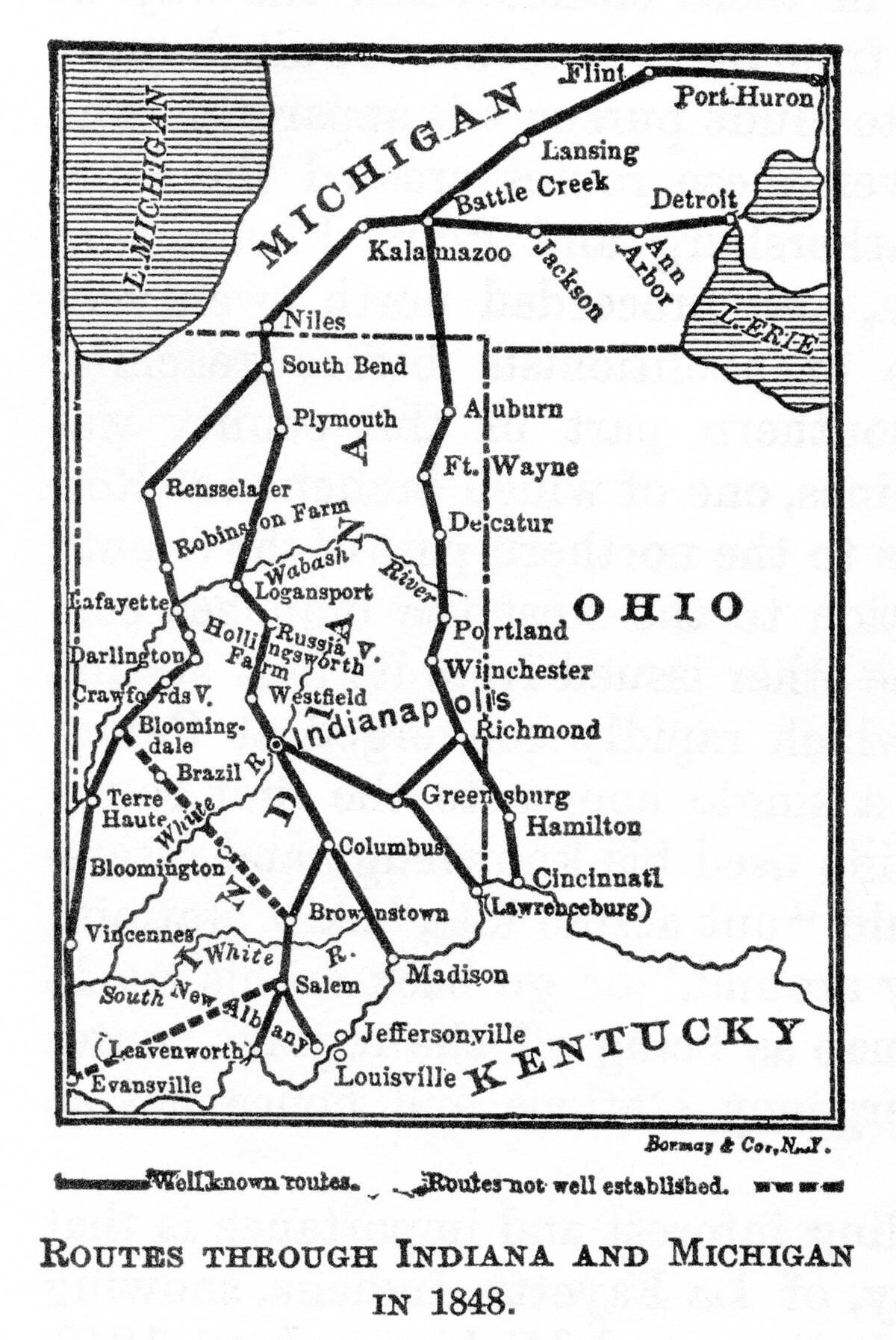
Not all escapees traveled the same routes on the Underground Railroad. Routes varied widely depending on geography, available resources, and the level of danger. Some followed well-trodden paths, while others blazed new trails to avoid detection. This flexibility was vital for the Railroad’s success, adapting to changing circumstances and ensuring that no single route became too well-known to authorities.
The Underground Railroad Wasn’t a Continuous Operation
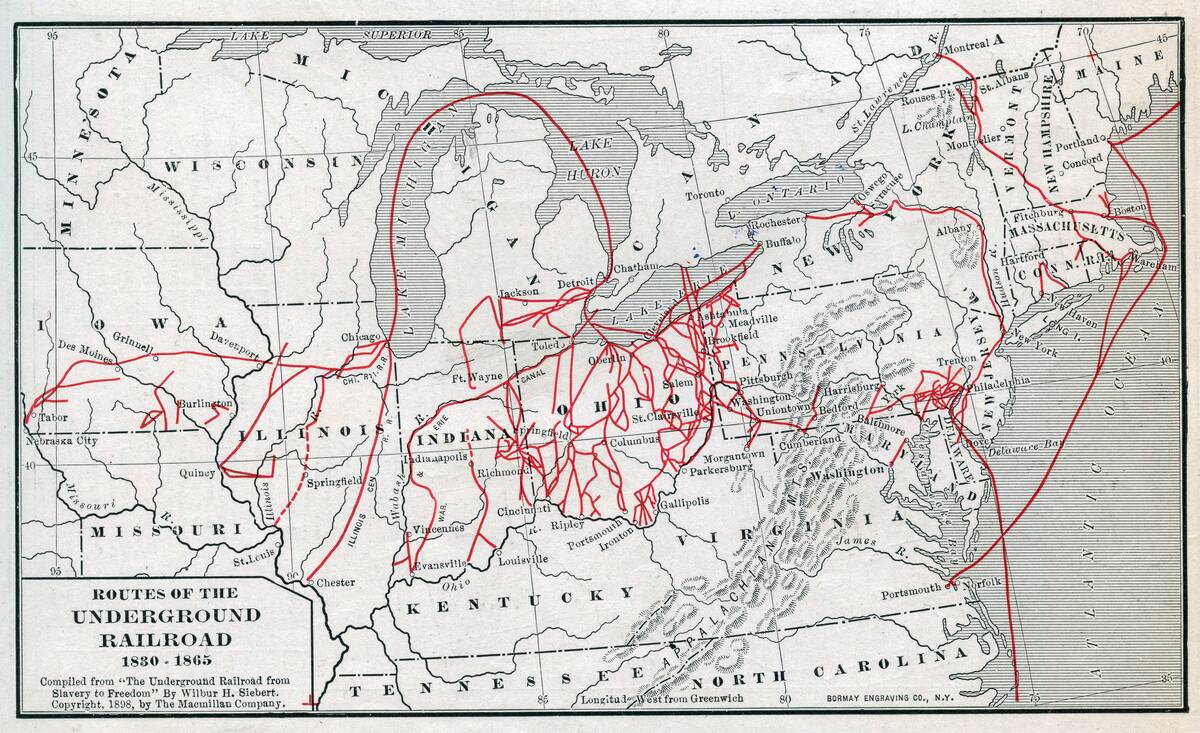
The Underground Railroad was not a constant, unbroken operation. Activity levels fluctuated due to external pressures like legislation, increased patrols, and changing social climates. Periods of intense activity were often followed by quieter times, as those involved adapted to new challenges. This ebb and flow helped maintain the network’s resilience, allowing it to continue despite external threats.
The Railroad Wasn’t the Only Method of Escape
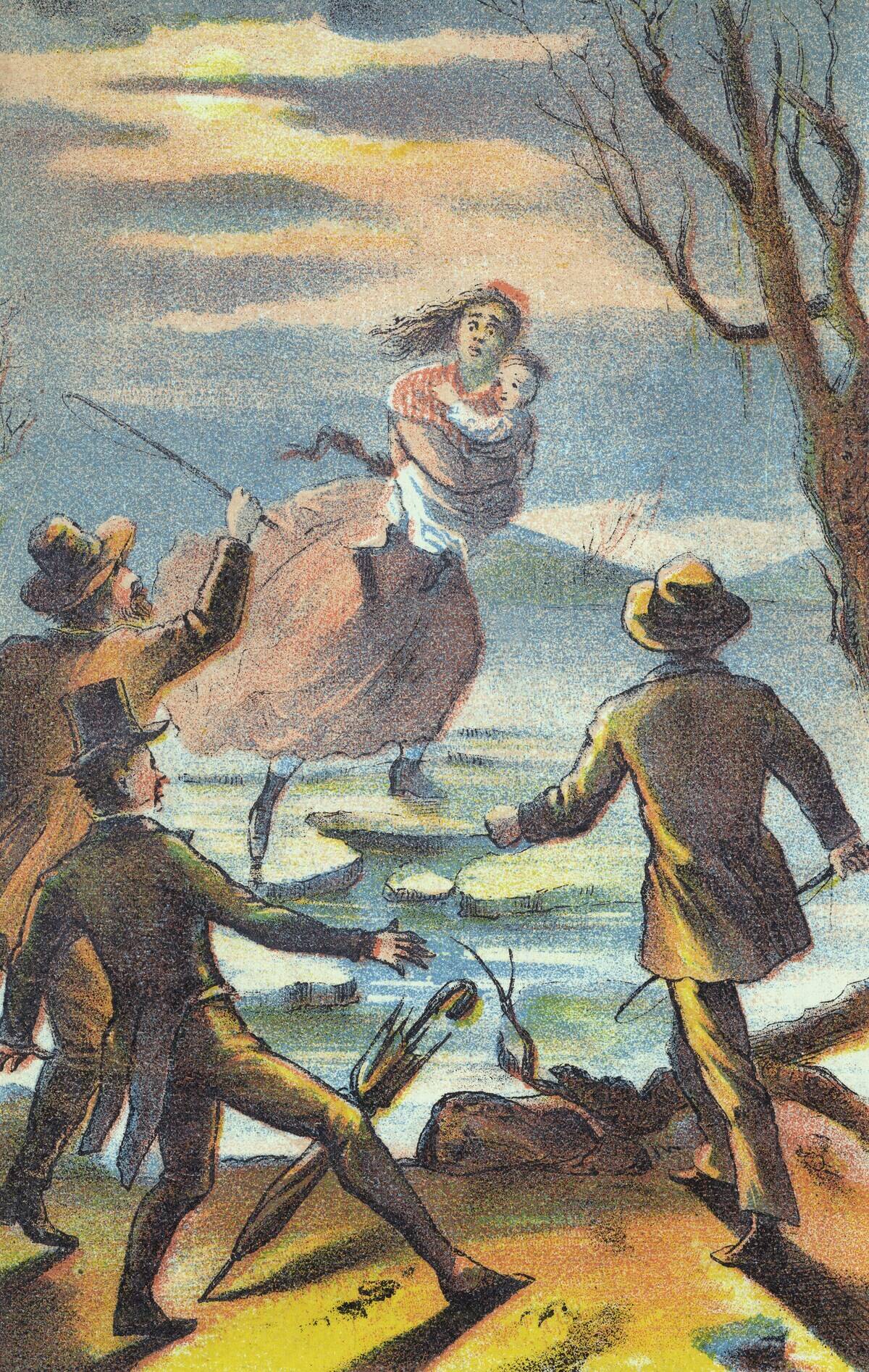
While the Underground Railroad is the most famous method of escape, it wasn’t the only one. Many enslaved individuals used their ingenuity to secure freedom through other means, such as purchasing their freedom, legal challenges, or blending into free communities. Others rebelled or formed maroon communities in remote areas. These varied strategies highlight the diverse avenues pursued in the quest for liberty.
Not All Escapes Were Successful
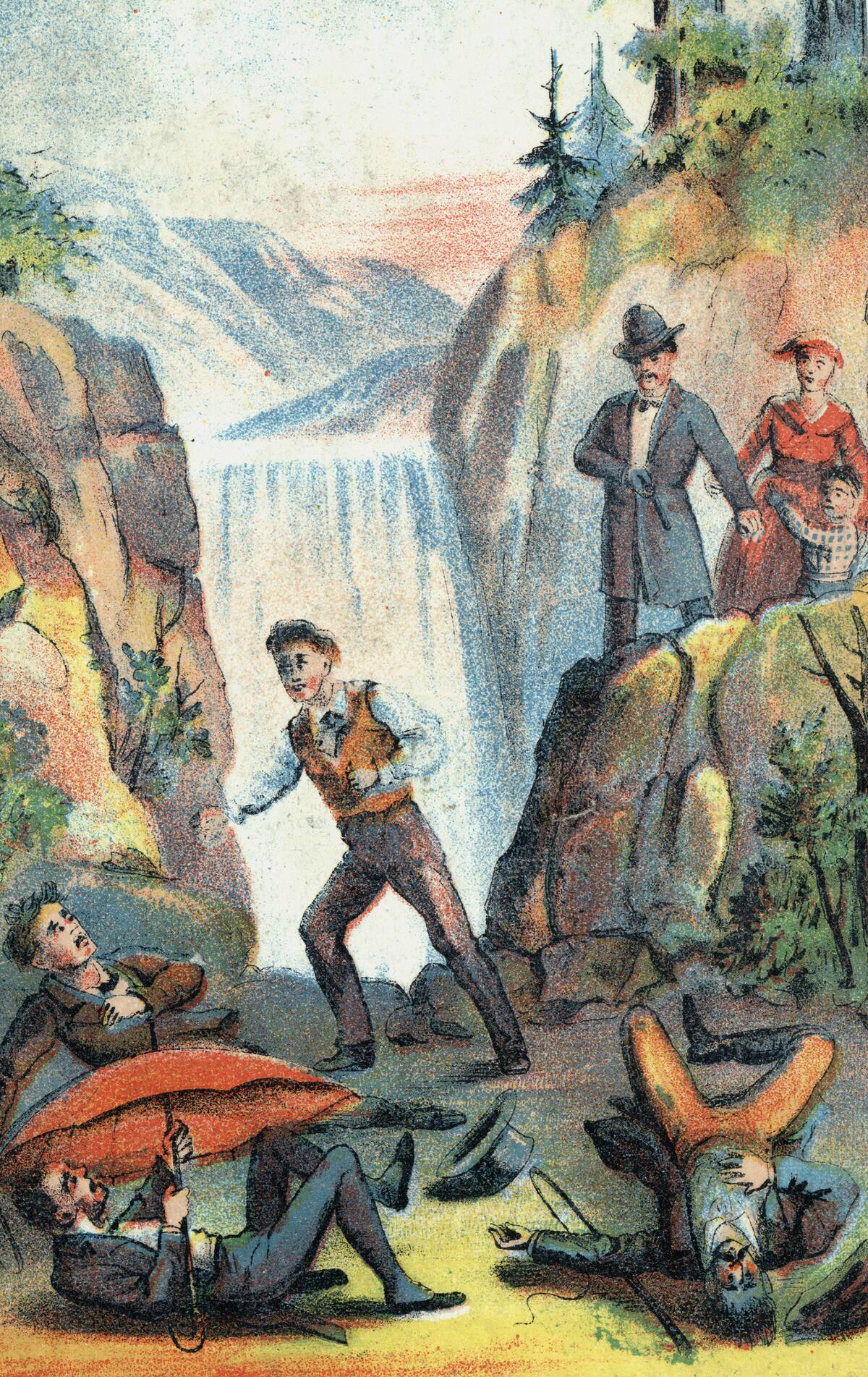
Not every escape attempt via the Underground Railroad ended in success. Many were caught and faced severe punishment or even death. The journey was fraught with danger, requiring careful planning and immense courage. Despite the risks, the hope of freedom drove thousands to attempt the perilous journey, with the successes inspiring others to follow in their footsteps.
The Railroad Wasn’t Named During Its Operation
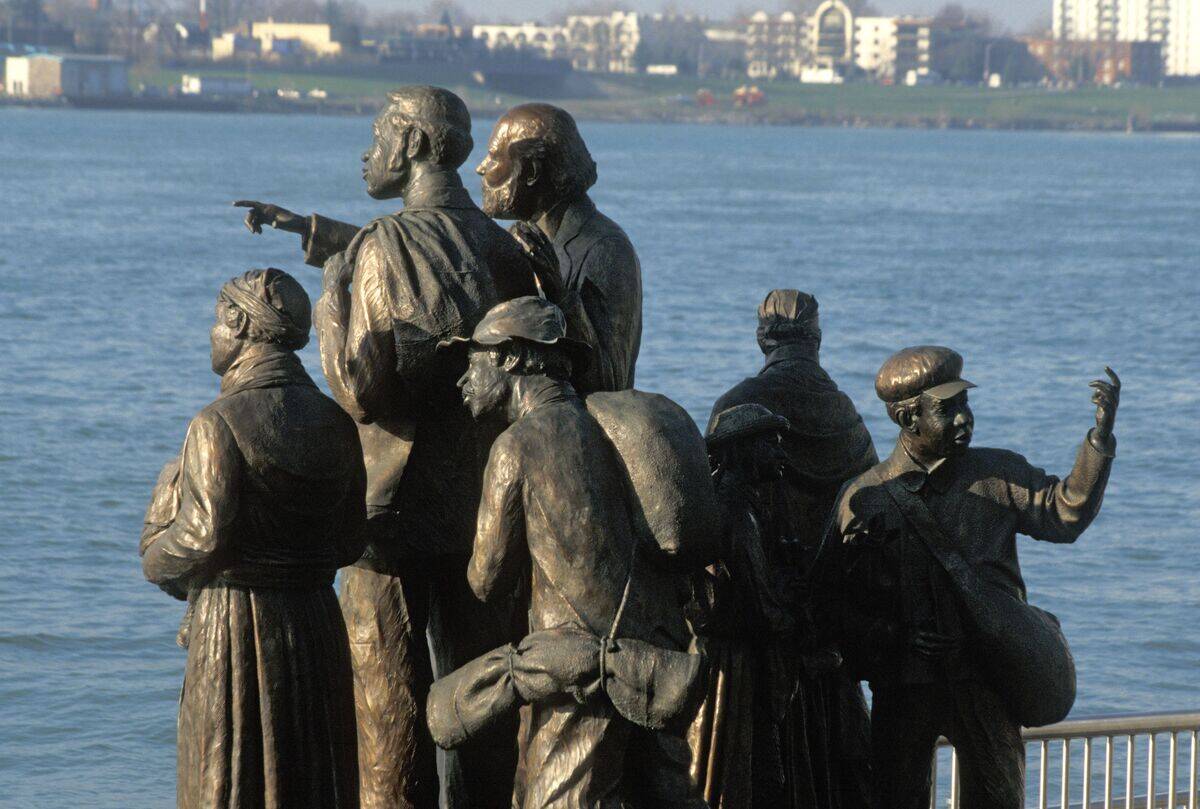
Interestingly, the term “Underground Railroad” wasn’t widely used during its operation. The name gained popularity in the years following the Civil War as people began to document and romanticize the efforts of those involved. The metaphorical language captured the imagination, symbolizing the courage and ingenuity of those fighting for freedom. Today, the name remains synonymous with the struggle against oppression.



